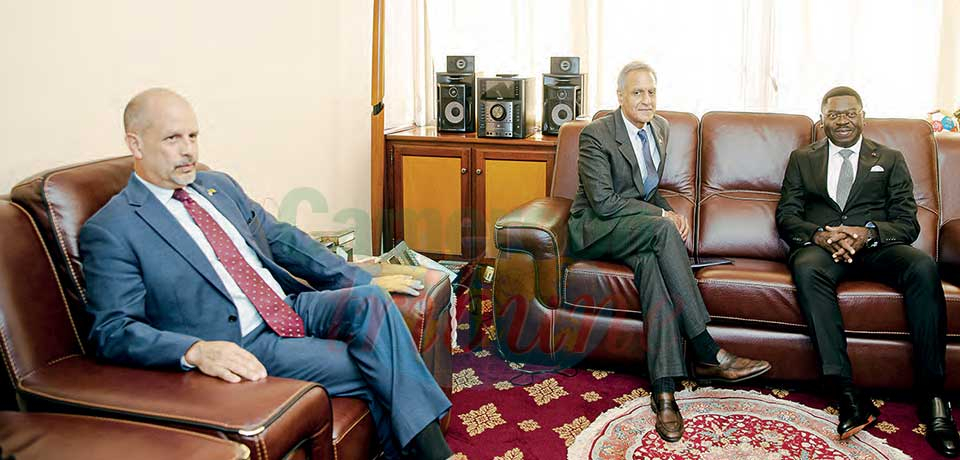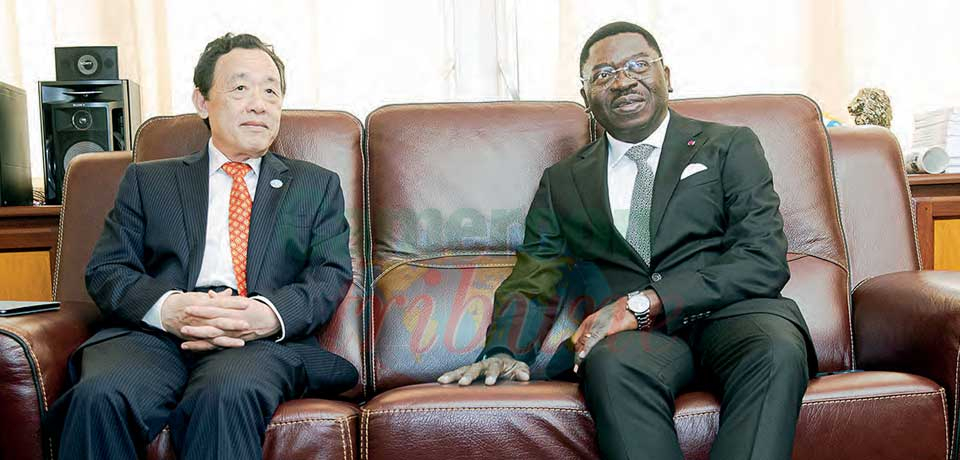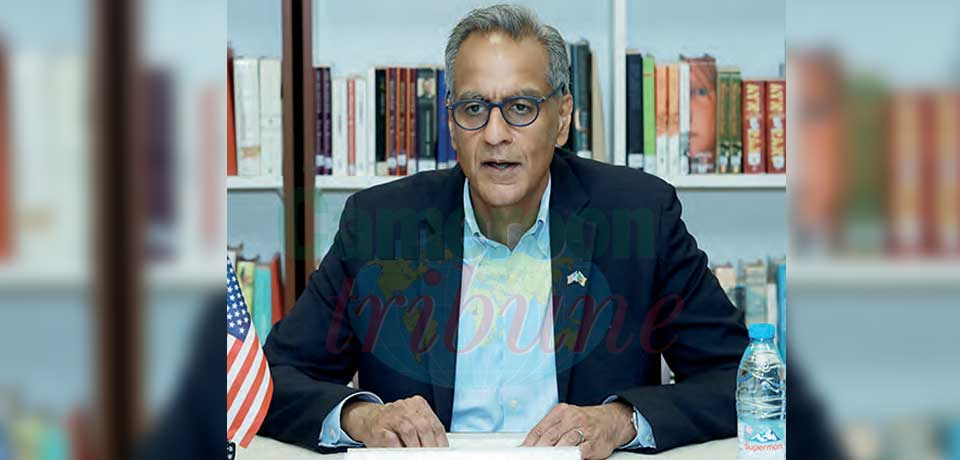Adopting policies that can open the way for employment remain an important measuring instrument the population uses to assess the performance of governments. In Cameroon, recent statistics of the International Labour Organisation put the unemployment rate at about 30 per cent while that of underemployment stands at 75 per cent. The Head of State’s message to the youths on the occasion of the 51st National Youth Day hammered so much on the issue of employment promising government’s continuous support to youth initiatives while urging them to be daring. “The Government will do everything to assist you. In this respect, I am pleased that the implementation of the CFAF 102 billion “Special Youth” three-year plan has started. It will support one and a half million young people aged between 15 years and 35 years, at a rate of five hundred thousand youths annually, in various areas of interest such as agriculture and digital economy.”
It was therefore not abnormal for the country’s number one personality to focus on the issue of employment. With an estimated population of 20 million people, about 12 million form the working population with a little over 200,000 working in the public service. The remaining 11.8 million people are a serious call for concern. But this concern and the initiatives therein are being pulled back by a number of barriers some of which include: the unprecedented economic crisis suffered since the 1990s, the educational system of Cameroon which focuses mainly on theories and abstract concepts with little or no training in technology and entrepreneurship, low-quality jobs, inadequate job matching, the work experience trap, lack of access to capital, little or no entrepreneurship and business training, limited youth participation, social discrimination, corruption, frustration and discouragement.
Despite all these hurdles, government has come up with the number of projects and programmes in a bit to assist the youths and step down the level of unemployment. This can be seen through the Ministries of Youth Affairs and Civic Education and that of Employment and Vocational Training. The programmes designed by government via these ministries include the Rural and Urban Youth Support Program known by its French acronym as PAJER-U, the Integrated Project for Manufacturing of Sporting Materials (PIFMAS), the National Employment Fund (NEF) and the Integrated Support Project for Actors of the Informal Sector (PIAASI). All these programmes have their success and failure stories. But the bottom line is that, despite all these efforts made by government, a lot more still has to be done. President Biya in his message pointed out one major channel through which the youths can easily find their way in terms of employment. “The current difficulties notwithstanding, your future remains foremost among our concerns. Look around you. Look at the hydro-electric dams under construction, the roads, the ports...
Cet article complet est réservé aux abonnés
Déjà abonné ? Identifiez-vous >
Accédez en illimité à Cameroon Tribune Digital à partir de 26250 FCFA
Je M'abonne1 minute suffit pour vous abonner à Cameroon Tribune Digital !
- Votre numéro spécial cameroon-tribune en version numérique
- Des encarts
- Des appels d'offres exclusives
- D'avant-première (accès 24h avant la publication)
- Des éditions consultables sur tous supports (smartphone, tablettes, PC)














Commentaires